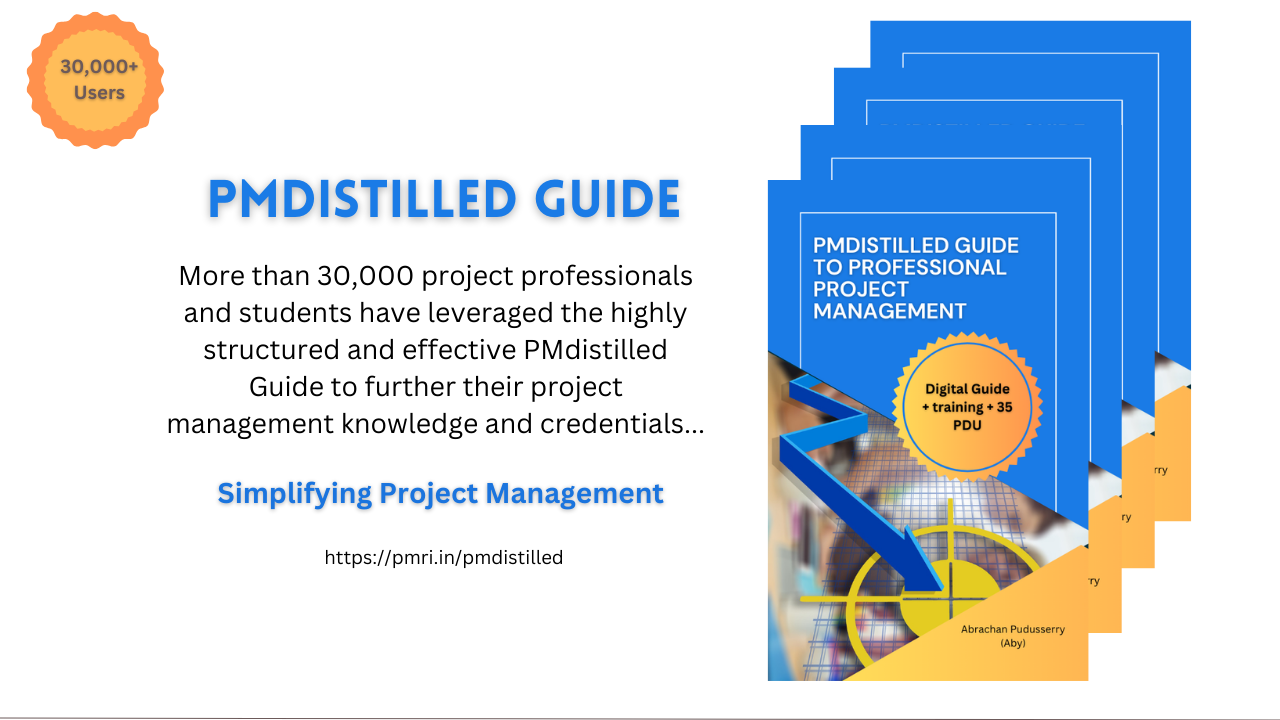Conduct procurements
Conducting procurements involves the process of obtaining goods, services, or works from external suppliers or vendors to support the project’s needs. Here’s a structured approach to conducting procurements:
- Procurement Planning:
- Review the project requirements and determine the procurement needs.
- Identify the goods, services, or works that need to be procured.
- Determine the procurement approach (e.g., competitive bidding, negotiations, sole sourcing).
- Develop a procurement management plan that outlines the procurement strategy, procurement methods, selection criteria, and contract types.
- Vendor Identification and Prequalification:
- Identify potential vendors or suppliers that can meet the project requirements.
- Evaluate vendors based on factors such as experience, capabilities, financial stability, reputation, and past performance.
- Prequalify vendors by conducting vendor assessments, reference checks, and site visits to verify their qualifications and suitability for the project.
- Solicitation of Bids or Proposals:
- Prepare solicitation documents such as request for proposals (RFP), request for quotations (RFQ), or invitation for bids (IFB), outlining the project requirements, evaluation criteria, and submission instructions.
- Distribute the solicitation documents to the prequalified vendors and invite them to submit bids or proposals.
- Allow sufficient time for vendors to prepare and submit their bids or proposals.
- Bid Evaluation and Selection:
- Evaluate the received bids or proposals based on predefined evaluation criteria such as price, technical compliance, quality, delivery schedule, and vendor qualifications.
- Conduct a bid evaluation process to compare and assess the bids objectively.
- Select the winning bidder or proposal based on the evaluation results and award the contract.
- Contract Negotiation:
- Initiate contract negotiation with the selected vendor to finalize the terms and conditions of the contract.
- Negotiate pricing, scope of work, delivery schedules, payment terms, warranties, and other contract terms to achieve a mutually beneficial agreement.
- Document all negotiated changes and agreements in the contract documents.
- Contract Award:
- Award the contract to the selected vendor by issuing a formal contract award notification.
- Provide the vendor with a signed contract agreement specifying the terms and conditions of the contract.
- Ensure that all necessary contract documents are executed by both parties before proceeding with the project activities.
- Contract Administration:
- Monitor the vendor’s performance throughout the contract duration to ensure compliance with the contract terms and conditions.
- Manage contract changes, amendments, and disputes as they arise.
- Track vendor progress, deliverables, and milestones against the contract requirements.
- Review and approve vendor invoices for payment in accordance with the contract terms.
- Contract Closeout:
- Verify that all deliverables and obligations specified in the contract have been satisfactorily fulfilled by the vendor.
- Conduct a final inspection or acceptance of the vendor’s work.
- Close out the contract by finalizing all administrative and financial matters, including final payments, releasing retainage, and obtaining any required closeout documentation.
- Document lessons learned from the procurement process for future projects.
By following these steps, project managers can effectively conduct procurements to acquire the necessary goods, services, or works from external vendors while ensuring compliance with project requirements and achieving value for money.

